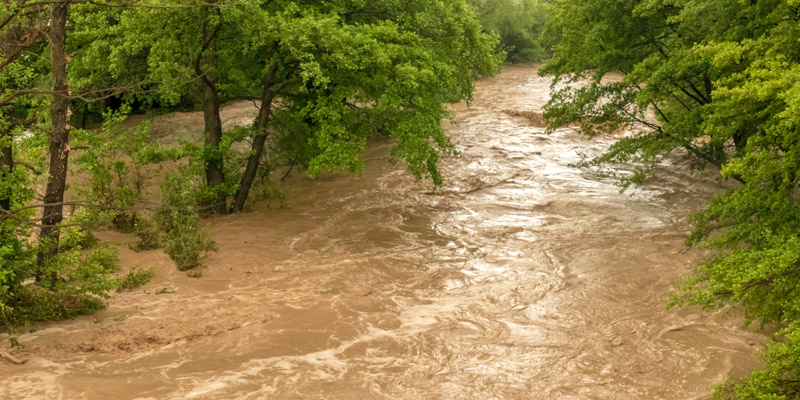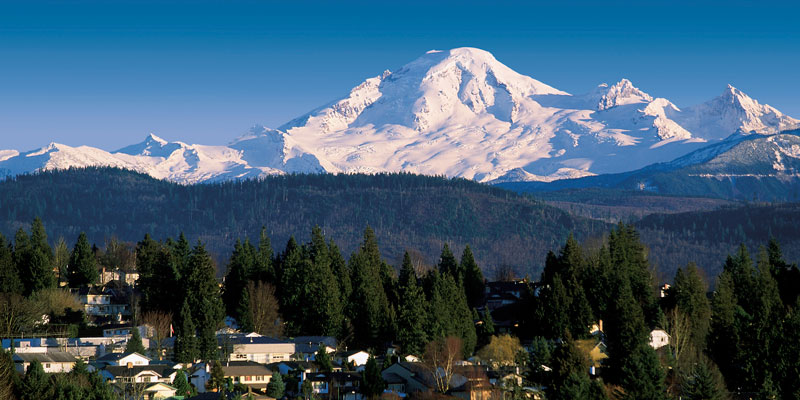Impact of Climate Change on Canadian Water Resources
Principal Investigator - Edward Sudicky, Professor, University of Waterloo (2008-2012)

Challenge
As the planet is warming, and global climate change is occurring, there is a need to understand how our water resources will be affected. Climate change models have been ill-equipped to predict the impact of global warming on changes to the depth of the water table, groundwater recharge rates or alterations to the base flow in rivers and streams.
Recent research has shown that the depth to the water table can have a significant impact on heat fluxes across the land surface, which in turn suggests a strong linkage between the climate system and groundwater. Physically-based, fully-integrated surface/subsurface models have only recently emerged. Over the last decade, the project team, led by Dr. Edward Sudicky, has developed a 3D Watershed Model (HydroGeoSphere or HGS) – the first and most sophisticated of its kind.
Project
This research program investigated two different approaches for the assessment of the impact climate change has on surface and groundwater systems: (i) an integrated approach using the full attributes of the project team’s 3D Watershed Model “HydroGeoSphere”, and (ii) a coupled modeling approach that will simulate surface and vadose zone (water occurring above the water table), processes and apply the HydroGeoSphere to simulate saturated flow of groundwater. The development of the two parallel approaches permits both computational benchmarking and model verification.
This 3D model provided the appropriate boundary conditions to permit a “zooming in” to simulate the impacts of climate change on the surface and subsurface hydrology at the scale of an entire continental land mass.
The project team linked the HydroGeoSphere model to the National Centre for Atmospheric Research Weather Research Forecasting model and their Community Climate System Model in order to capture the linkages between groundwater, land and surface water processes and climate.
Significant progress has been made in calibration and verification of the model using historical meteorological, hydrological and hydrogeological data, and the simulation results match the observed data very well. Several scenarios of future climate change impacts on Canada’s surface and groundwater water resources have been completed with the calibrated and verified model.
Enhancements in the HGS model have led to the inclusion of hydraulic and leakage aspects related to urban infrastructure, such as wastewater and storm water sewers, their performance and potential degradation, and related risk/cost analyses. With these enhancements, the model will be capable of simulating water quality from the source, through water and wastewater systems, to the receiving water body.
Outputs
- Development of 3-dimensional (3D) Watershed Model (HydroGeoSphere or HGS) software – the first and most sophisticated of its kind.
- This 3D model will be capable of being downscaled to model water quality and quantity at the watershed level due to its rigorous contaminant transport capability, including multi-species chemical reactions.
- Development of a 3D model of the near-surface geology at the national scale, which will be integrated with the 3D surface/subsurface flow model (HydroGeoSphere).
- Development of a HGS training short course which has been offered at both the University of Denmark and University of Waterloo and extended commercially to end-users of the software.
- HGS software has been commercialized and marketed by Aquanty, Inc.
Outcomes
- Increased knowledge and awareness surrounding the effects of climate change on Canadian water resources.
- Use of model by several hundred people in academia, government agencies and private consulting sectors.
- Informing practice as municipal water managers are using the model to assist in developing source water protection plans related to regional agricultural land management, due to the model’s ability to provide key information about a variety of watershed water quality and sustainability issues.




